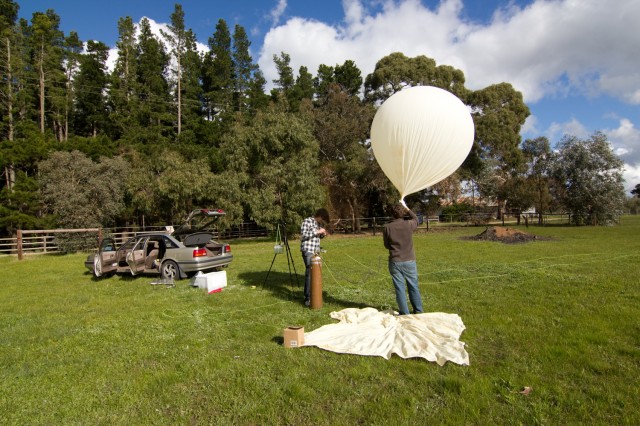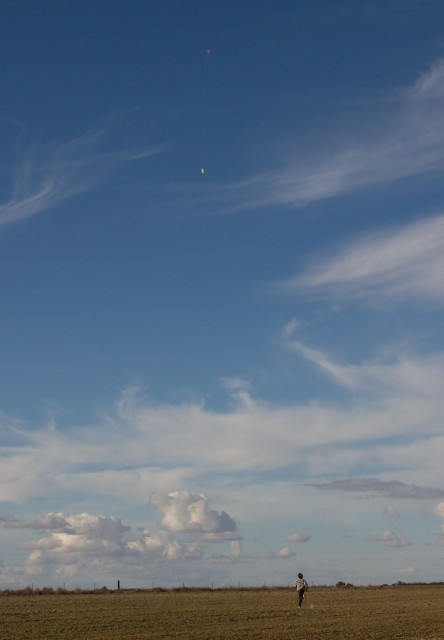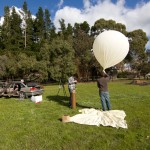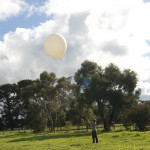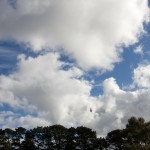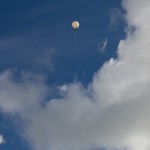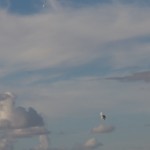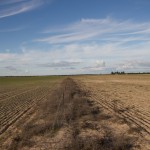Horus 3
Technical information:
| Launch date | 8/7/2010, 12:24pm |
| Landing date | 8/7/2010, 15:20pm |
| Flight duration | ~ 3 hours |
| Launch site | -35.1276, 138.8477 |
| Landing site | -35.3478, 140.3384 |
| Flight path | Web, KMZ |
| Distance traveled | 137.9 km |
| Maximum altitude | 32,781m |
| Average ascent rate | 4 m/s |
| Impact speed | 6 m/s (21 km/h) |
| Payload weight | 400g |
| Flight computer | Arduino Duemilanove |
| GPS module | Trimble Lassen IQ |
| Radio transmitter | Radiometrix NTX2 25mw |
| Sensors | Internal & external temp |
| Telemetry | 50, 100, 150, 200, 300 baud RTTY, CRC16 checksum |
| Tracking | Ground stations (distributed listener), 2 chase cars, web based tracker |
Details:
Horus 3 was a re-fly of the failed payload Horus 2. The aim was the the payload would step up the baud rate as altitude thresholds were passed:
- 0-10 km altitude: 50 baud
- 10-13 km altitude: 100 baud
- 13-16 km altitude: 150 baud
- 16-19 km altitude: 200 baud
- 19-21 km altitude: 300 baud
- 21+ km altitude: 50 baud
A new payload enclosure was built to test the performance of thinner (25mm vs 50mm) polystyrene foam.
Launch:
We were lucky enough to have perfect weather on launch day - not much wind at ground level, and good light.
Inflation was helped by the use of our revised filling system which allowed us to separate the balloon from the filling hose using a valve & quick release connector, so that we could accurately measure the lift being generated with a digital scale. Assembly and filling went very smoothly, and we kept in contact with our second chase car via radio to advise them of our status.
Once the balloon was up & we'd packed up, we headed towards the predicted landing site.
Flight:
Horus 3 flew perfectly & we received telemetry without issue until the payload passed the 10km altitude - rather than switching to 100 baud, the payload started alternating between 100 baud and 50 baud telemetry due to a programming bug. This continued until the payload passed 21km, where telemetry returned to 50 baud. Despite this, we were able to decode the higher baud rate strings with reasonable success.
Balloon burst occurred at approx 14:43, at 32781m. The payload tumbled for a few minutes as it descended, making decoding valid strings difficult. Once the parachute opened descent became smoother, and telemetry was being decoded OK.
With the dynamic predictor + tracker, we were able to get into position as the balloon came down, and got a good view of the balloon descending from about 2km to ground level - as far as I'm aware we got the first photos of a payload descending!!
Conclusions:
A successful launch, marred only by a programming bug which prevented us from effectively testing higher speed communications as hoped. New filling method and launch process worked great, and having radio comms between the cars was a big bonus.
Photos:
